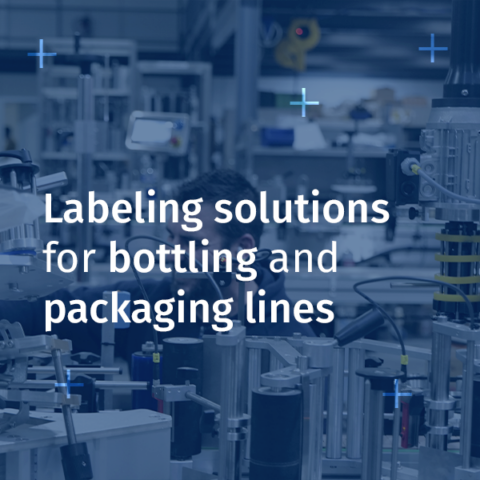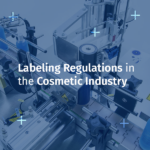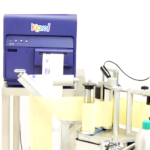In bottling and packaging, labeling plays a central role in marketing, regulatory compliance, and product identification. Accurate, compliant, and visually appealing labeling is important to attract consumers while ensuring adherence to industry standards.
The importance of accurate and compliant labeling in bottling and packaging
Labeling is more than just a marketing tool; it ensures safety, transparency, and regulatory compliance. In the United States, product labeling is strictly regulated by the Food and Drug Administration (FDA) and other agencies, with specific requirements for each industry, including food, beverages, cosmetics, and pharmaceuticals.
- Key Statistic: According to a study by Packaging Digest, 70% of purchase decisions are influenced by a product’s label, emphasizing the importance of high-quality labeling for both marketing and product communication.
Incorrect or non-compliant labeling can lead to costly recalls, fines, or loss of consumer trust. Therefore, choosing the right labeling solution is essential for companies aiming to optimize their production while adhering to industry standards.
Types of labeling solutions for bottles
Each type of labeling solution is designed to meet specific needs based on product type, packaging material, and production requirements. Here’s an overview of the main options available:
1. Wrap-Around Labels
Wrap-around labels are designed to completely cover the circumference of cylindrical containers. This type of labeling is commonly used for beverage bottles, beer cans, and cosmetic products. We offer the Ninon Wrap to meet these needs.
- Advantages:
-
- Full packaging coverage, ideal for product information and eye-catching graphics.
- Works well with round containers, ensuring a uniform appearance.
- Limitations:
-
- Less effective on complex or irregularly shaped containers.
2. Pressure-Sensitive Labels
Pressure-sensitive labels, also known as self-adhesive labels, are one of the most commonly used types. They are applied to the container with light pressure, without the need for heat or solvents.
- Advantages:
-
- Versatile for a wide range of packaging materials (plastic, glass, metal).
- Clean, precise application, suitable for high-resolution labels.
- Easy to implement on various container shapes.
- Limitations:
-
- Less effective in humid or high-temperature environments.
3. Heat Shrink Labels
Heat shrink labels are applied as plastic sleeves around the container, then heated to shrink and conform to the product’s contours. They are perfect for irregular shapes or when complete coverage, including the cap, is desired.
- Advantages:
-
- Ideal for complex designs and products with unusual shapes.
- Resistant to water and chemicals, making them suitable for demanding environments.
- Limitations:
- Higher energy costs due to the heat shrink process.
Choosing the right labeling solution: key considerations
To select the most suitable labeling solution, several factors should be considered based on product characteristics, production needs, and industry requirements:
1. Product Type and Packaging Material
The choice of label should consider the product’s composition and packaging material. For example:
- Food and Beverage Products: Wrap-around or heat shrink labels are ideal for providing complete surface information.
- Cosmetic Products: Pressure-sensitive labels are preferred for their ability to create a premium look.
- Pharmaceutical Products: Labels must ensure optimal readability and traceability.
2. Regulatory Requirements and Compliance Standards
Each industry has its own labeling requirements, whether it’s displaying ingredients, nutritional information, or traceability codes. Ensure that the chosen labeling solution complies with local and federal regulations, such as those set by the FDA.
3. Integration with Existing Production Lines
The integration of a new labeling machine should be seamless with existing equipment, such as fillers, cappers, or conveyors. Poorly coordinated labeling can create bottlenecks, affecting overall production speed.
- Tip: Opt for modular labelers like those from CDA USA, which can be easily integrated into an existing line without requiring major modifications.
Cost and Efficiency: balancing initial investment with long-term benefits
Investing in a labeler depends on several factors, including the level of automation, production capacity, and machine flexibility. However, it’s crucial to consider the long-term return on investment (ROI). A well-chosen machine can:
- Reduce labor costs through automation.
- Improve accuracy, reducing errors and rejects.
- Increase productivity by speeding up changeover processes.
- Case Study: A healthcare company invested $50,000 in an automatic labeler, achieving ROI within 18 months thanks to increased production and reduced errors.
Conclusion: how to choose the best labeling solution for your business







